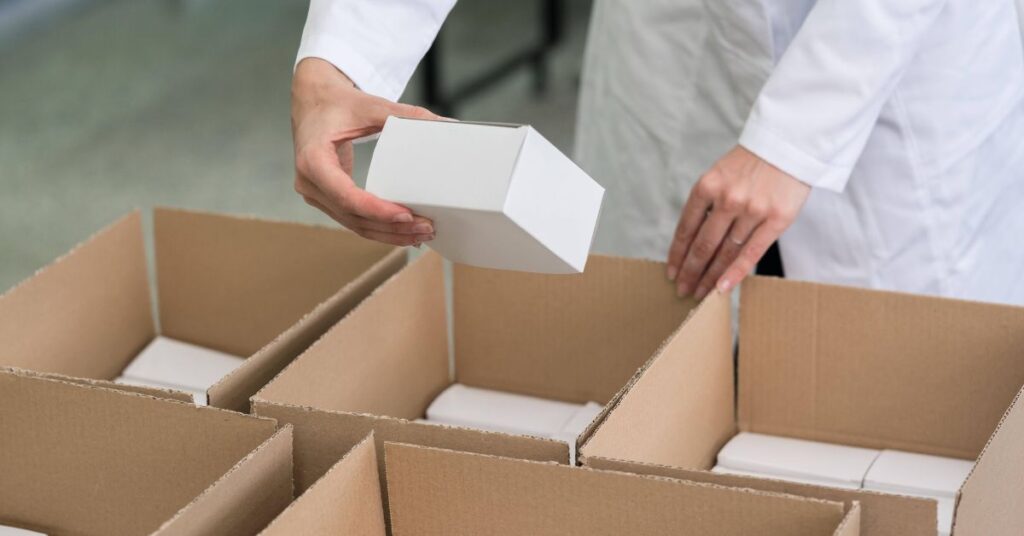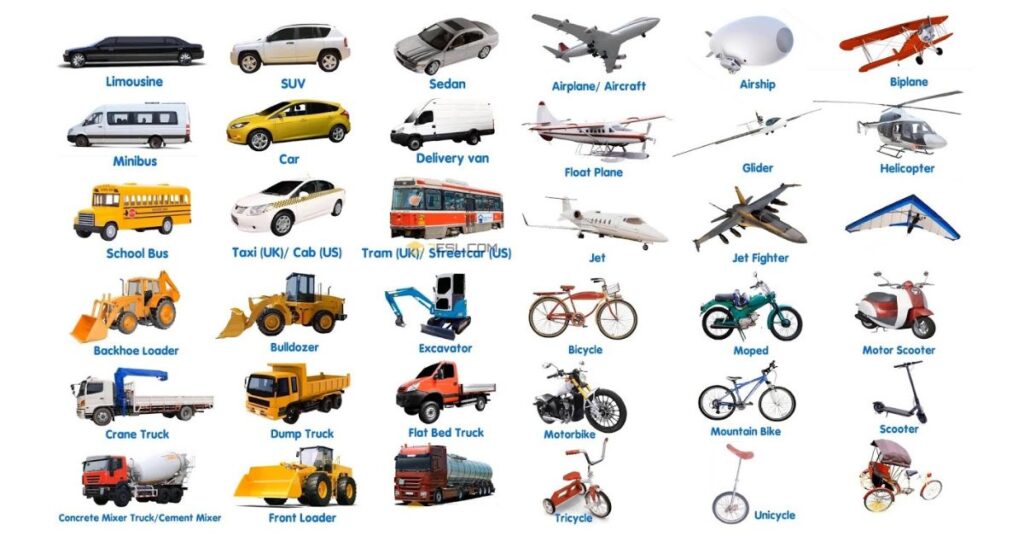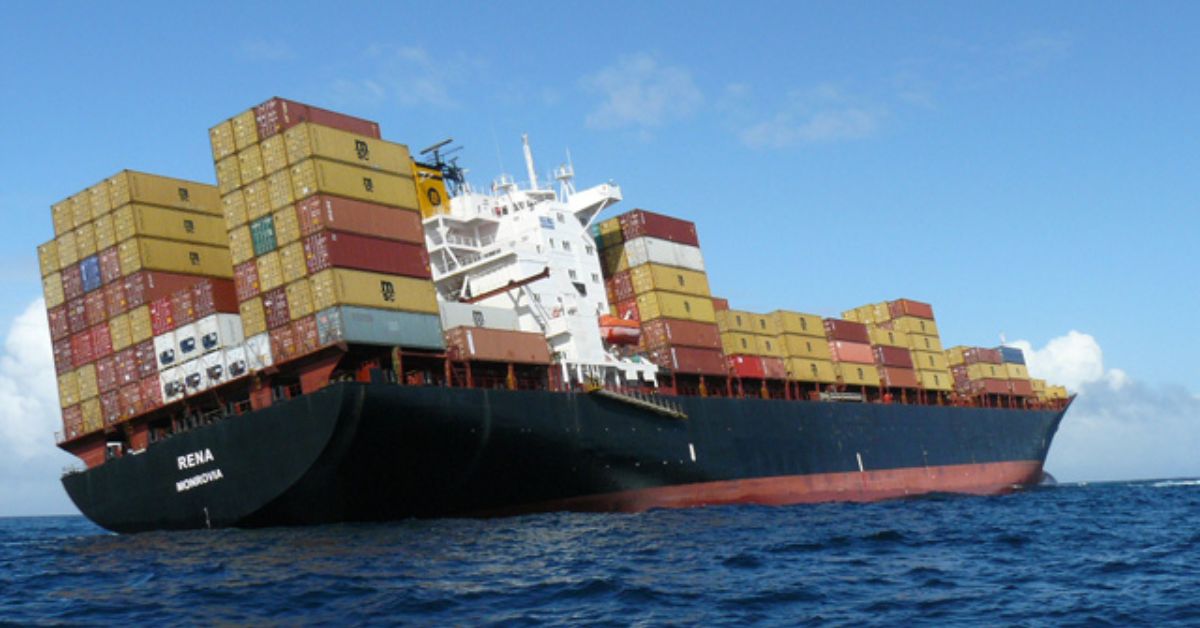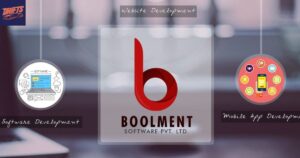In the ever-evolving world of logistics and transportation, the concept of “Rena Monrovia” has emerged as a significant player, particularly when it comes to transporting items by car. This comprehensive guide will delve into the intricacies of this approach, exploring its benefits, challenges, and best practices.
Understanding the Basics of Rena Monrovia
Rena Monrovia is not just a catchy phrase; it represents a holistic approach to car transportation that prioritizes efficiency, safety, and sustainability. At its core, this method emphasizes the importance of meticulous planning and execution when moving goods via personal or commercial vehicles.
The term “Rena” in this context refers to renewal or rejuvenation, while “Monrovia” symbolizes a hub of activity and innovation. Together, they encapsulate the idea of revolutionizing the way we think about and implement car-based transportation.
Key Principles of Rena Monrovia
- Efficiency: Maximizing the use of space and resources
- Safety: Ensuring the security of both the transported items and other road users
- Sustainability: Minimizing environmental impact through smart logistics
- Adaptability: Flexible solutions for diverse transportation needs
- Technology Integration: Leveraging modern tools for improved performance
By adhering to these principles, individuals and businesses can significantly enhance their car transportation experiences and outcomes.
The Importance of Secure Packaging
One of the fundamental aspects of Rena Monrovia is the emphasis on secure packaging. Proper packaging is crucial not only for protecting the items being transported but also for ensuring the safety of the vehicle and its occupants.
Best Practices for Secure Packaging

- Use sturdy, appropriately sized boxes or containers
- Employ cushioning materials like bubble wrap or packing peanuts
- Seal packages securely with strong tape
- Label items clearly, especially if they are fragile or require special handling
- Consider using custom-fit packaging for irregularly shaped items
Implementing these practices helps prevent damage during transit and makes loading and unloading more efficient. It’s important to remember that even small items can become projectiles in the event of sudden stops or accidents, so secure packaging is essential for all transported goods.
Read This Blog: Unveiling the Mystery: 6ar6ie6 Leaks
Innovative Packaging Solutions
The Rena Monrovia approach encourages the adoption of innovative packaging solutions. This might include:
- Reusable, collapsible containers that save space when not in use
- Biodegradable packaging materials for eco-friendly transportation
- Smart packaging with built-in sensors to monitor conditions during transit
- Modular packaging systems that can be customized for different items
- Vacuum-sealed packaging for delicate or space-sensitive goods
These advanced packaging methods not only enhance protection but also contribute to the overall efficiency and sustainability of car transportation.
Choosing the Right Vehicle for Your Transport Needs
A critical component of the Rena Monrovia philosophy is selecting the appropriate vehicle for your specific transportation requirements. This decision can significantly impact the efficiency, cost-effectiveness, and environmental footprint of your transportation efforts.
Factors to Consider When Choosing a Vehicle
- Size and weight of items to be transported
- Distance of the journey
- Frequency of transportation needs
- Terrain and road conditions
- Fuel efficiency and environmental impact
- Budget constraints
By carefully evaluating these factors, you can make an informed decision that aligns with the Rena Monrovia principles of efficiency and sustainability.
Vehicle Options for Different Transportation Needs

- Compact cars: Ideal for small, lightweight items and short distances
- SUVs: Versatile option for medium-sized loads and varied terrains
- Vans: Excellent for larger items or bulk transportation
- Pickup trucks: Perfect for heavy-duty or oversized items
- Electric vehicles: Environmentally friendly option for shorter distances
Each of these vehicle types has its own strengths and limitations. The key is to match the vehicle to your specific transportation needs while keeping in mind the broader goals of efficiency and sustainability.
Innovative Technology in Car Transportation
The Rena Monrovia approach embraces technological advancements to enhance the car transportation experience. From route optimization to real-time tracking, technology plays a crucial role in modernizing and improving the efficiency of transporting goods by car.
Key Technological Innovations
- GPS and Navigation Systems: For optimal route planning and real-time traffic updates
- Telematics: To monitor vehicle performance and driver behavior
- IoT Sensors: For tracking cargo conditions (temperature, humidity, etc.)
- Mobile Apps: For easy management of transportation tasks and documentation
- Blockchain: For secure and transparent record-keeping of transportation transactions
These technologies not only make car transportation more efficient but also provide valuable data for continuous improvement and optimization.
Implementing Technology in Your Transportation Strategy
To fully leverage these technological advancements:
- Invest in reliable GPS and navigation systems
- Consider telematics solutions for fleet management (if applicable)
- Explore IoT sensors for sensitive or high-value cargo
- Utilize mobile apps for streamlined logistics management
- Stay informed about emerging technologies in the transportation sector
By embracing these technologies, you can significantly enhance your car transportation efficiency and align more closely with the Rena Monrovia principles.
Optimizing Routes for Efficient Delivery
Route optimization is a crucial aspect of the Rena Monrovia approach. Efficient route planning can lead to significant time and fuel savings, reduced wear and tear on vehicles, and a lower environmental impact.
Strategies for Route Optimization
- Use advanced mapping software to plan the most efficient routes
- Consider traffic patterns and peak hours when scheduling deliveries
- Implement multi-stop routing for multiple deliveries in a single trip
- Factor in vehicle capacity and load balancing
- Regularly review and adjust routes based on performance data
By implementing these strategies, you can maximize the efficiency of your car transportation efforts, reducing costs and improving overall performance.
Read This Blog: María Bernarda Giménez: Meet Christian Giménez’s wife
The Role of Data in Route Optimization
Data analysis plays a crucial role in continually improving route efficiency. By collecting and analyzing data on:
- Travel times
- Fuel consumption
- Delivery success rates
- Customer feedback
You can gain valuable insights that inform future routing decisions and help refine your transportation strategy over time.
The Environmental Impact of Car Transportation
Sustainability is a core principle of the Rena Monrovia approach. As concerns about climate change and environmental degradation grow, it’s essential to consider the ecological impact of car transportation and take steps to minimize it.
Strategies for Reducing Environmental Impact
- Use fuel-efficient or electric vehicles when possible
- Implement eco-driving techniques to reduce fuel consumption
- Optimize load capacity to reduce the number of trips required
- Consider carbon offset programs to compensate for emissions
- Explore alternative fuels or hybrid technologies
By adopting these strategies, you can significantly reduce the carbon footprint of your car transportation activities while still maintaining efficiency and reliability.
The Future of Eco-Friendly Car Transportation

Looking ahead, the Rena Monrovia approach anticipates and embraces emerging eco-friendly technologies such as:
- Hydrogen fuel cell vehicles
- Advanced electric vehicle batteries with longer ranges
- Solar-powered auxiliary systems for cargo cooling or heating
- Biodegradable packaging materials
- AI-driven route optimization for maximum fuel efficiency
Staying informed about these developments and being ready to adopt new technologies as they become viable will be crucial for maintaining a sustainable car transportation strategy in the long term.
Legal and Regulatory Considerations
Navigating the legal and regulatory landscape is an essential part of the Rena Monrovia approach to car transportation. Compliance with local, national, and international regulations ensures smooth operations and avoids potential legal issues.
Key Legal Considerations
- Vehicle registration and insurance requirements
- Driver licensing and qualifications
- Weight and size limits for transported goods
- Hazardous materials transportation regulations
- Cross-border transportation rules and customs requirements
Staying informed about these regulations and ensuring compliance is crucial for safe and legal car transportation operations.
Best Practices for Legal Compliance
- Regularly review and update your knowledge of relevant transportation laws
- Implement a system for tracking and managing required documentation
- Provide ongoing training for drivers and staff on regulatory compliance
- Consider working with legal experts specializing in transportation law
- Stay informed about upcoming changes in transportation regulations
By prioritizing legal compliance, you not only avoid potential fines and legal issues but also contribute to the overall safety and reliability of car transportation.
Frequently Asked Questions
Can I transport any item by car?
While many items can be transported by car, there are restrictions on hazardous materials and oversized items. Always check local regulations.
How do I choose the best vehicle for transporting my items?
Consider the size and weight of your items, distance of travel, and frequency of trips when selecting a vehicle.
What should I do to ensure my items are securely packaged?
Use appropriate packaging materials, secure items to prevent movement, and label fragile items clearly.
Are there technologies that can help with car transportation?
Yes, GPS systems, telematics, and logistics apps can greatly improve efficiency and tracking in car transportation.
How can I minimize the environmental impact of transporting goods by car?
Use fuel-efficient vehicles, optimize routes, and consider carbon offset programs to reduce environmental impact.
Conclusion
The Rena Monrovia approach to transporting items by car represents a forward-thinking, comprehensive strategy that addresses the complexities of modern logistics. By focusing on efficiency, safety, sustainability, and technological integration, this method offers a blueprint for optimizing car-based transportation in an increasingly demanding world.
As we’ve explored, successful implementation of the Rena Monrovia principles involves careful consideration of vehicle selection, packaging methods, route optimization, and regulatory compliance. It also requires a commitment to embracing new technologies and sustainable practices that can enhance performance while reducing environmental impact.

Hello!
I’m Areej, a passionate blogger with 5 years of experience. I love writing about tech, fashion, business, and health. My goal is to share useful information and insights with you. Explore my website to discover exciting content on various topics!












